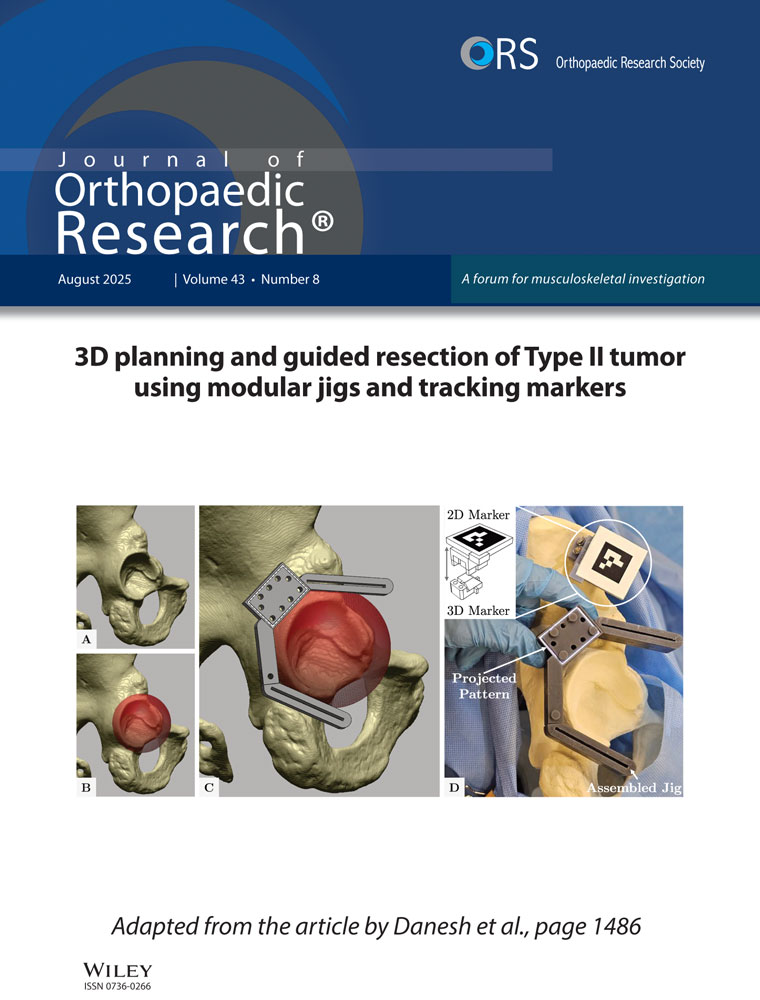Effects of local compression on peroneal nerve function in humans
Abstract
A new apparatus was developed to compress the anterior compartment selectively and reproducibly in humans. Thirty-five normal volunteers were studied to determine short-term thresholds of local tissue pressure that produce significant neuromuscular dysfunction. Local tissue fluid pressure adjacent to the deep peroneal nerve was elevated by the compression apparatus and continuously monitored for 2–3 h by the slit catheter technique. Elevation of tissue fluid pressure to within 35–40 mm Hg of diastolic blood pressure (∼40 mm Hg of in situ pressure in our subjects) elicited a consistent progression of neuromuscular deterioration including, in order, (a) gradual loss of sensation, as assessed by Semmes-Weinstein monofilaments, (b) subjective complaints, (c) reduced nerve conduction velocity, (d) decreased action potential amplitude of the extensor digitorum brevis muscle, and (e) motor weakness of muscles within the anterior compartment. Generally, higher intracompartmental pressures caused more rapid deterioration of neuromuscular function. In two subjects, when in situ compression levels were 0 and 30 mm Hg, normal neuromuscular function was maintained for 3 h. Threshold pressures for significant dysfunction were not always the same for each functional parameter studied, and the magnitudes of each functional deficit did not always correlate with compression level. This variable tolerance to elevated pressure emphasizes the need to monitor clinical signs and symptoms carefully in the diagnosis of compartment syndromes. The nature of the present studies was short term; longer term compression of myoneural tissues may result in dysfunction at lower pressure thresholds.




